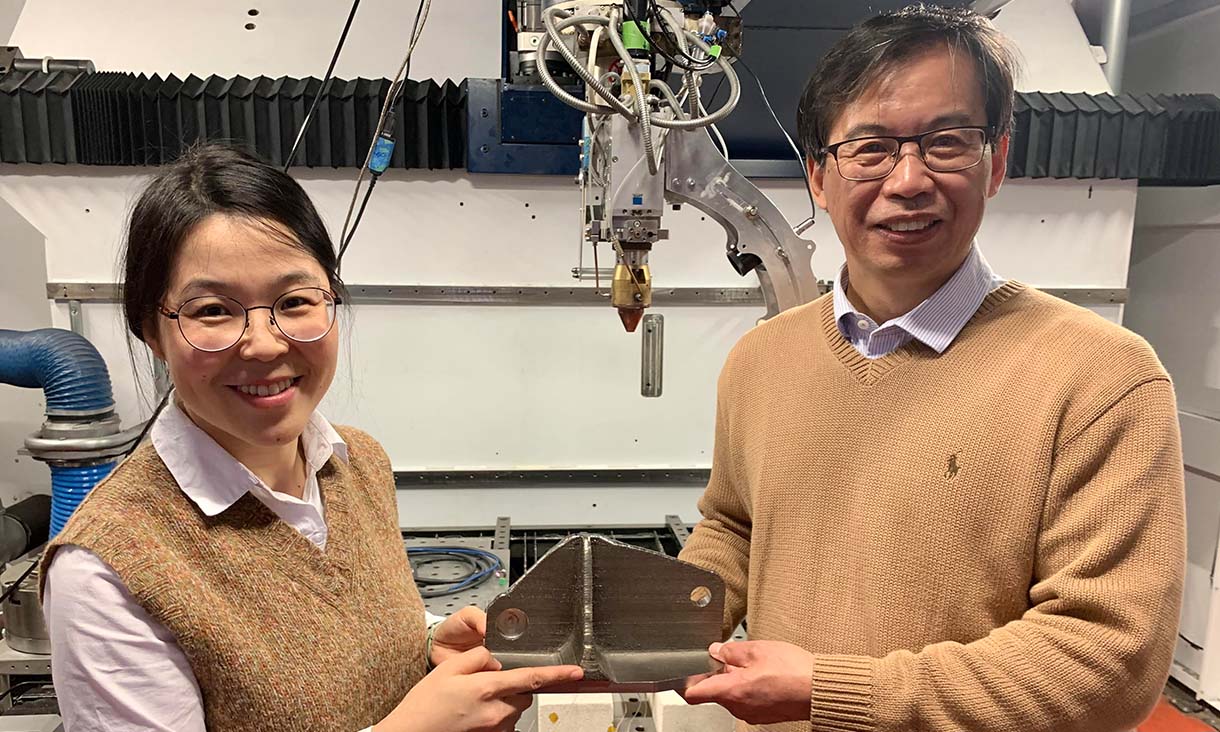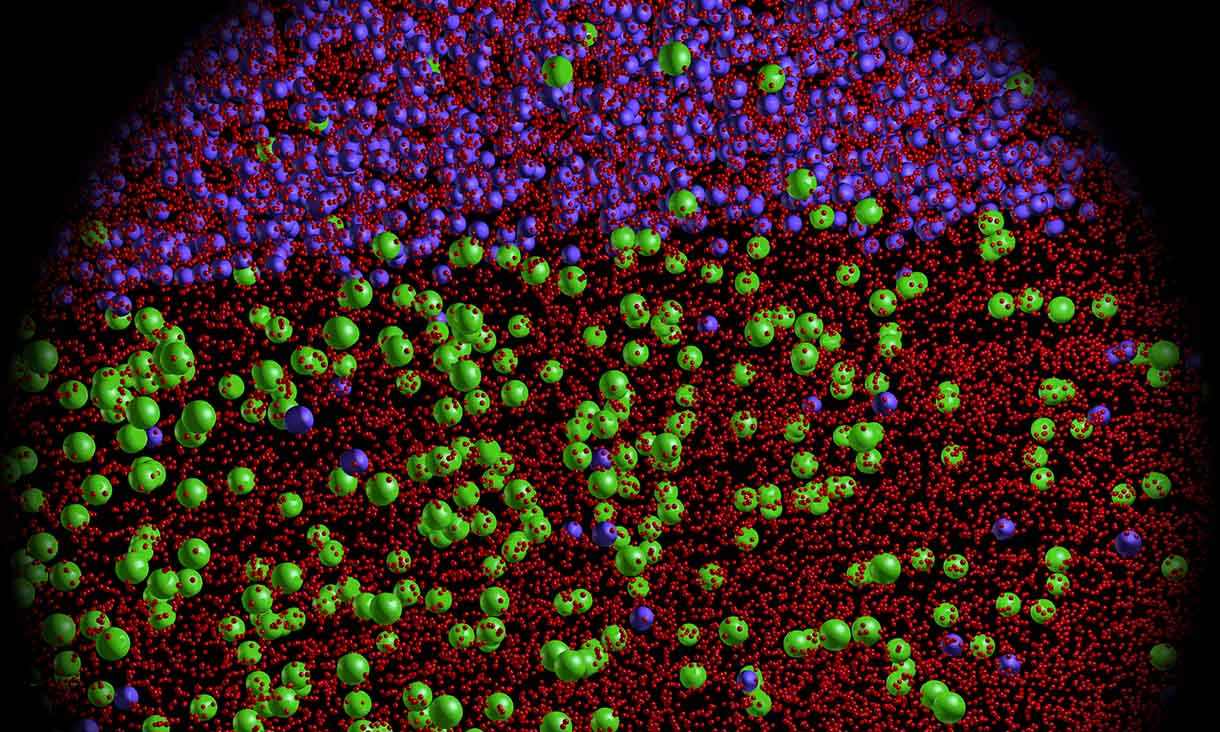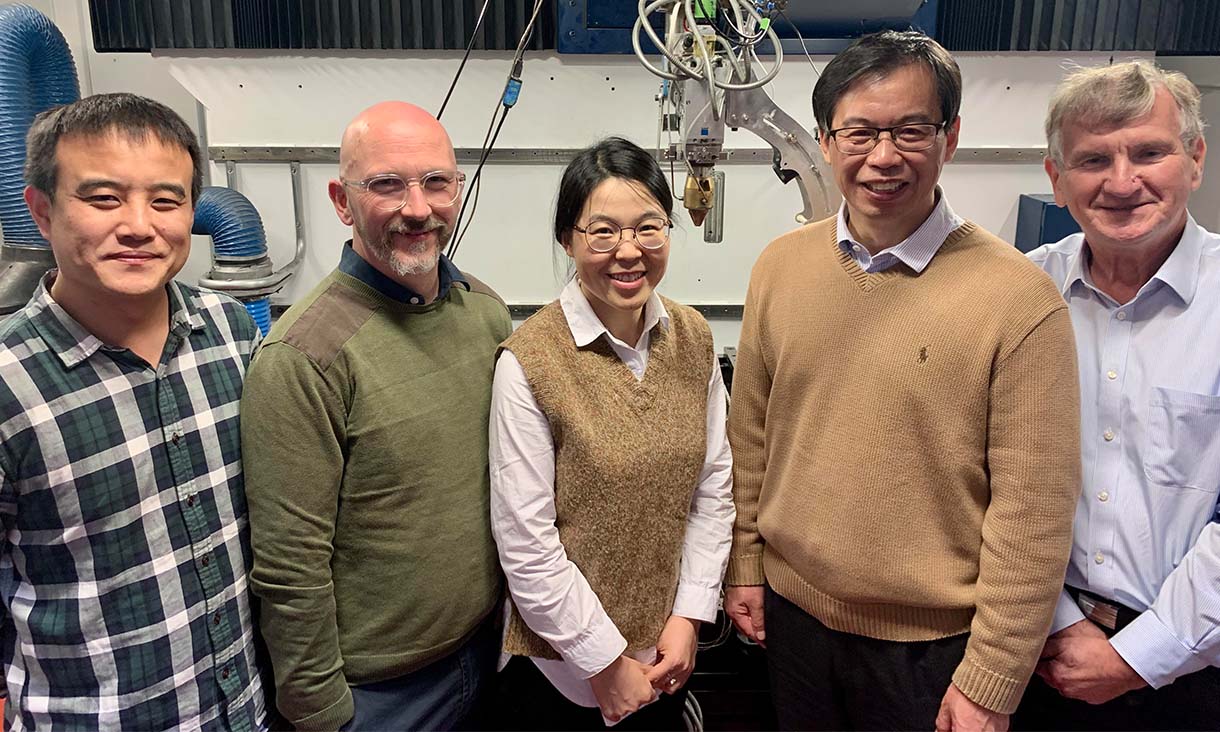What type of titanium alloys has the team made?
The team’s titanium alloys consist of a mixture of two forms of titanium crystals, called alpha-titanium phase and beta-titanium phase, each corresponding to a specific arrangement of atoms.
This class of alloys has been the backbone of the titanium industry. Since 1954, these alloys have been produced primarily by adding aluminium and vanadium to titanium.
The research team investigated the use of oxygen and iron – two of the most powerful stabilisers and strengtheners of alpha- and beta-titanium phases – which are abundant and inexpensive.
Two challenges have hindered the development of strong and ductile alpha-beta titanium-oxygen-iron alloys through the conventional manufacturing processes, Qian said.
“One challenge is that oxygen – described colloquially as ‘the kryptonite to titanium’ – can make titanium brittle, and the other is that adding iron could lead to serious defects in the form of large patches of beta-titanium.”
The team used Laser Directed Energy Deposition (L-DED), a 3D printing process suitable for making large, complex parts, to print their alloys from metal powder.
“A key enabler for us was the combination of our alloy design concepts with 3D-printing process design, which has identified a range of alloys that are strong, ductile and easy to print,” Qian said.
The attractive properties of these new alloys that can rival those of commercial alloys are attributed to their microstructure, the team says.
“This research delivers a new titanium alloy system capable of a wide and tunable range of mechanical properties, high manufacturability, enormous potential for emissions reduction and insights for materials design in kindred systems,” said co-lead researcher and University of Sydney Pro-Vice-Chancellor Professor Simon Ringer.
“The critical enabler is the unique distribution of oxygen and iron atoms within and between the alpha-titanium and beta-titanium phases.
“We've engineered a nanoscale gradient of oxygen in the alpha-titanium phase, featuring high-oxygen segments that are strong, and low-oxygen segments that are ductile allowing us to exert control over the local atomic bonding and so mitigate the potential for embrittlement.”











